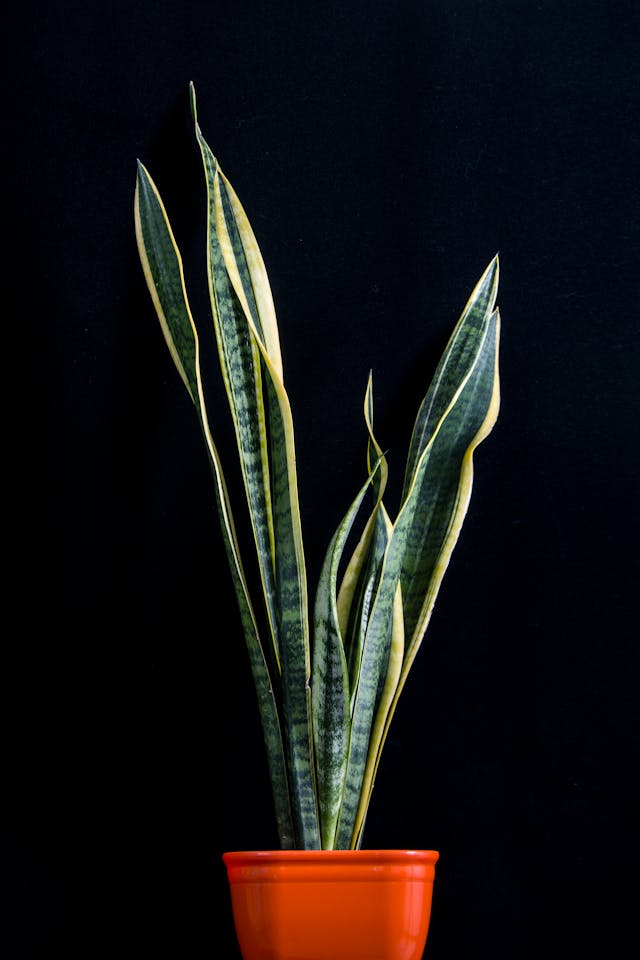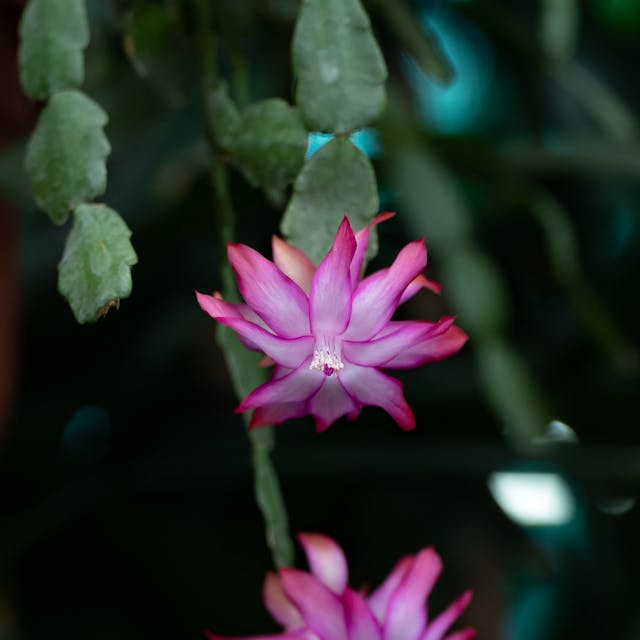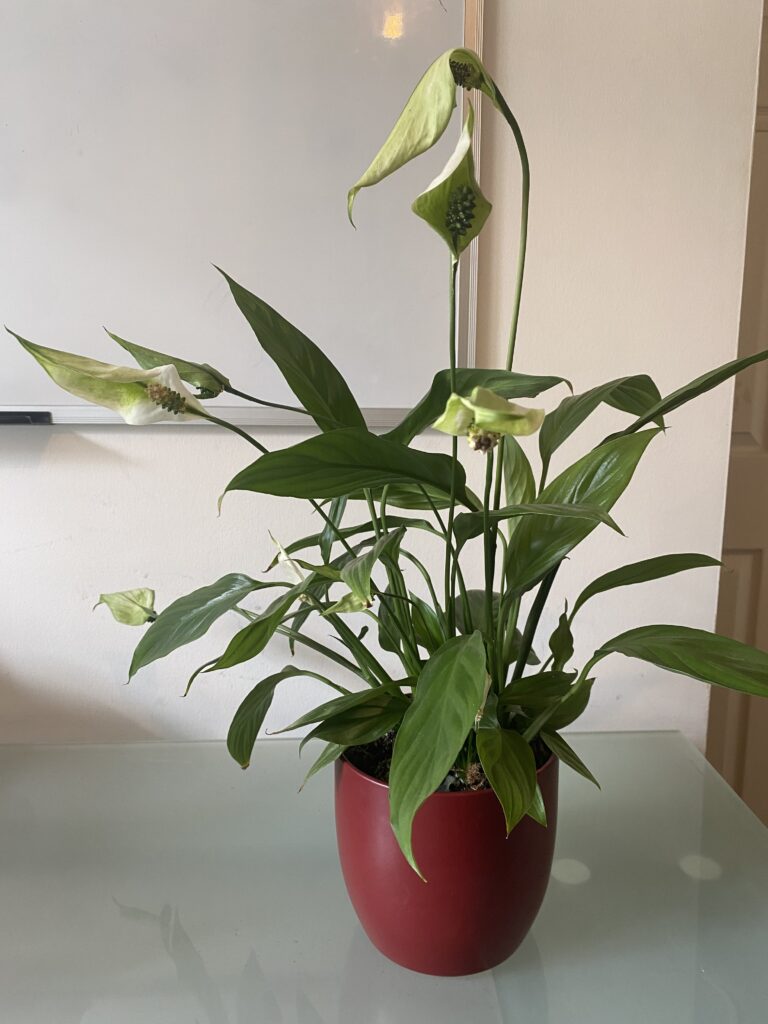- featured image Peace Lilly
As the days get shorter and the nights longer, our homes can begin to feel a little gloomy. But what if you could transform those dark corners and cold nights with the warmth and life that only plants can bring? Whether you’re looking to boost your mood, enhance your well-being, or simply add some beauty to your space, the right plants can make all the difference during the autumn and winter months.
Start by considering a few indoor plants that not only survive the colder months but thrive in them, and, in turn, help you thrive too! One standout is the peace lily (Spathiphyllum), a lovely plant known for its ability to purify air, as well as its glossy green leaves and stunning white blooms that can brighten up any space. The peace lily is easy to care for, making it perfect for these seasons when we crave simplicity. With just moderate light and a little weekly watering, it helps reduce air pollutants such as formaldehyde and benzene, creating a healthier environment for you to relax in.

Another winner is the snake plant (Sansevieria) above, often dubbed the “bedroom plant” for its unique ability to convert CO2 into oxygen at night. Not only does it thrive on minimal light and water, but the snake plant’s tall, architectural leaves also add a modern and calming aesthetic to your home. You’ll find that this plant needs little care, making it perfect for those dreary winter days when you want to enjoy your time indoors without worrying about tending to plants constantly. Just water it every couple of weeks, and it will continue to freshen your space and purify your air.

If you’re after something a bit more vibrant to lift your spirits, the Christmas cactus (Schlumbergera) above, with its bright, colourful blooms, is a fantastic choice. Despite its name, it doesn’t only bloom at Christmas; this hardy cactus can provide bursts of pink, red, or white during autumn and winter. The best part? It’s quite low maintenance. All it requires is a sunny windowsill and occasional watering. Its lively presence is sure to brighten even the dullest winter days, making your home feel festive and alive.
Caring for these plants is as simple as finding the right balance between light, water, and humidity. As natural sunlight diminishes in the cooler months, place your plants near a window with good indirect light, like an east or south-facing one. Be careful not to overwater—autumn and winter often require less frequent watering due to lower evaporation rates indoors. As a general rule, feel the top inch of soil; if it’s dry, it’s time to water.
The environment you create for your plants is essential. Humidity tends to drop in colder months due to heating systems, but many of these plants thrive in slightly more humid conditions. You can counteract this by misting your plants occasionally or placing them near a humidifier. A cool room temperature (around 60–70°F) works best, especially for peace lilies and Christmas cacti.

Not only do these plants add beauty to your surroundings, but they also improve your well-being. Having greenery indoors has been scientifically proven to reduce stress, boost concentration, and even elevate your mood. Plants, particularly those like the snake plant and peace lily, also help filter the air, removing toxins and improving indoor air quality, which can have positive effects on your physical and mental health.
Incorporating these easy-care, mood-boosting plants into your home during the autumn and winter months will give you something to look forward to every day. Whether it’s the simple joy of watching a bloom emerge or the peaceful feeling of cleaner, fresher air, these green companions are sure to help you beat those seasonal blues.
These plants will certainly bring a touch of brightness and warmth, helping you make the most of even the darkest autumn and winter days!
Love Life x
References:
- Wolverton, B. C., et al. (1989). Interior Landscape Plants for Indoor Air Pollution Abatement. NASA.
- Bringslimark, T., Hartig, T., & Patil, G. G. (2009). The psychological benefits of indoor plants: A critical review of the experimental literature. Journal of Environmental Psychology, 29(4), 422-433.
- Wood, R. A., et al. (2006). The potted-plant microcosm substantially reduces indoor air VOC pollution: I. Office field-study. Water, Air, & Soil Pollution, 175, 163-180.

